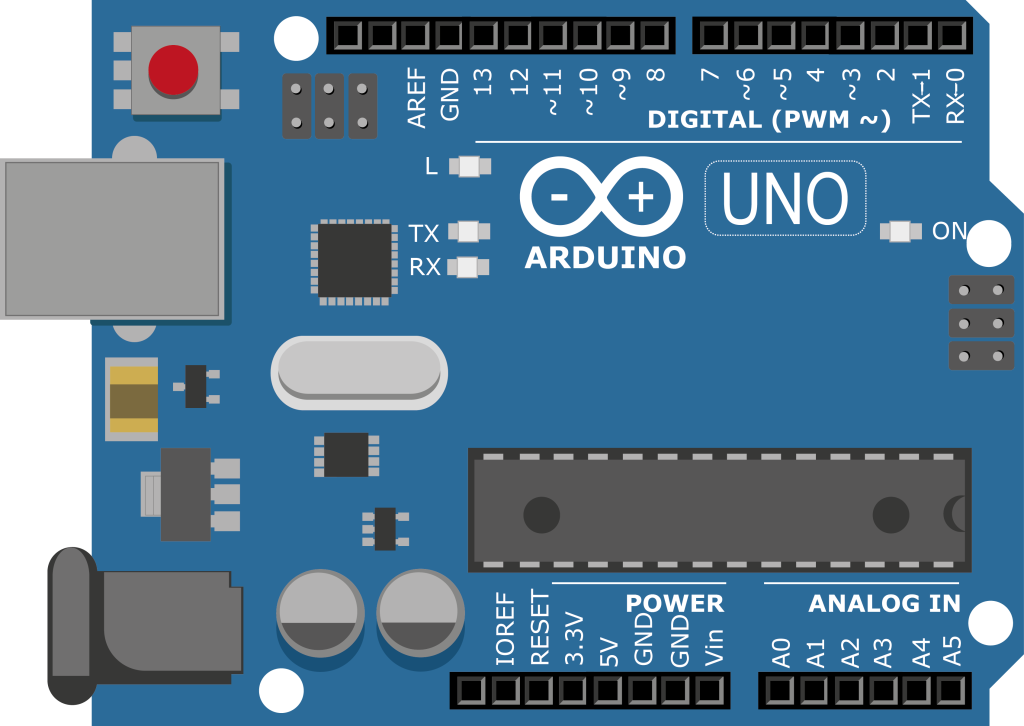Arduino has become a buzzword in the world of electronics and programming. Whether you’re a student, hobbyist, or an engineer, the Arduino platform offers an accessible way to explore the fascinating world of embedded systems. In this article, we’ll explore what Arduino is, how it works, and why it’s an essential tool for makers and developers worldwide.
What is Arduino?
Arduino is an open-source electronics platform based on easy-to-use hardware and software. It’s designed for anyone who wants to create interactive projects. The Arduino board reads inputs—like light on a sensor, a finger on a button, or a tweet—and turns them into outputs—activating a motor, turning on an LED, or publishing something online.
One of the main reasons Arduino is so popular is its simplicity. The platform uses a programming language based on C++, and the software environment (Arduino IDE) is user-friendly, even for beginners.
Why Use Arduino?
There are many reasons why Arduino has become the go-to platform for DIY electronics and prototyping:
- User-Friendly Interface: The Arduino IDE is straightforward and ideal for beginners.
- Affordability: Arduino boards are cost-effective, making them accessible to students and hobbyists.
- Versatility: Arduino can be used in countless applications—from home automation to robotics.
- Strong Community Support: A massive global community contributes tutorials, code libraries, and forums to help you at every step.
How Does Arduino Work?
An Arduino board consists of a microcontroller—a small computer that can run code and interact with hardware through input/output (I/O) pins. These pins can be connected to sensors, actuators, LEDs, motors, and more.
The process typically follows these steps:
- Design the Circuit: Connect your components to the Arduino.
- Write the Code: Use the Arduino IDE to write your code (called a “sketch”).
- Upload the Code: Send the sketch to the Arduino board via USB.
- Run and Test: The microcontroller executes the code and interacts with the connected components.
Common Arduino Boards
There are several types of Arduino boards available, each suited for different tasks:
- Arduino Uno: The most popular board for beginners.
- Arduino Mega: Offers more I/O pins and memory for complex projects.
- Arduino Nano: A compact version for small-scale applications.
- Arduino Leonardo: Includes built-in USB communication, ideal for creating USB devices.
Popular Arduino Projects
Arduino is used in a wide range of projects. Here are a few examples:
- Home Automation Systems: Control lights, fans, and appliances using sensors or mobile apps.
- Robotics: Build and program robots that can move, follow lines, or avoid obstacles.
- Weather Stations: Use temperature, humidity, and pressure sensors to monitor the environment.
- Wearables: Create smart clothing or accessories that respond to movement or temperature.
Getting Started with Arduino
Getting started with Arduino is easy. Here’s what you need:
- An Arduino board (e.g., Arduino Uno)
- A USB cable
- A computer with the Arduino IDE installed
- Basic electronic components like LEDs, resistors, and sensors
Once you’ve installed the Arduino IDE and connected your board, you can start experimenting with example projects provided in the software. These examples are great for understanding how Arduino works and for building your confidence before moving on to more complex tasks.
Arduino and STEM Education
Arduino has revolutionized STEM (Science, Technology, Engineering, and Mathematics) education. It provides hands-on experience with real-world technology and helps students understand abstract concepts through physical interaction. Many schools and universities around the world include Arduino-based learning in their curriculum to teach programming, electronics, and problem-solving skills.
Conclusion
Arduino is more than just a piece of hardware—it’s a gateway to creativity, innovation, and learning. Whether you want to automate your home, build a robot, or teach kids about technology, Arduino provides the tools to make it happen. With its open-source nature and a supportive global community, the possibilities are endless.
Start your journey today and discover what you can build with Arduino!

